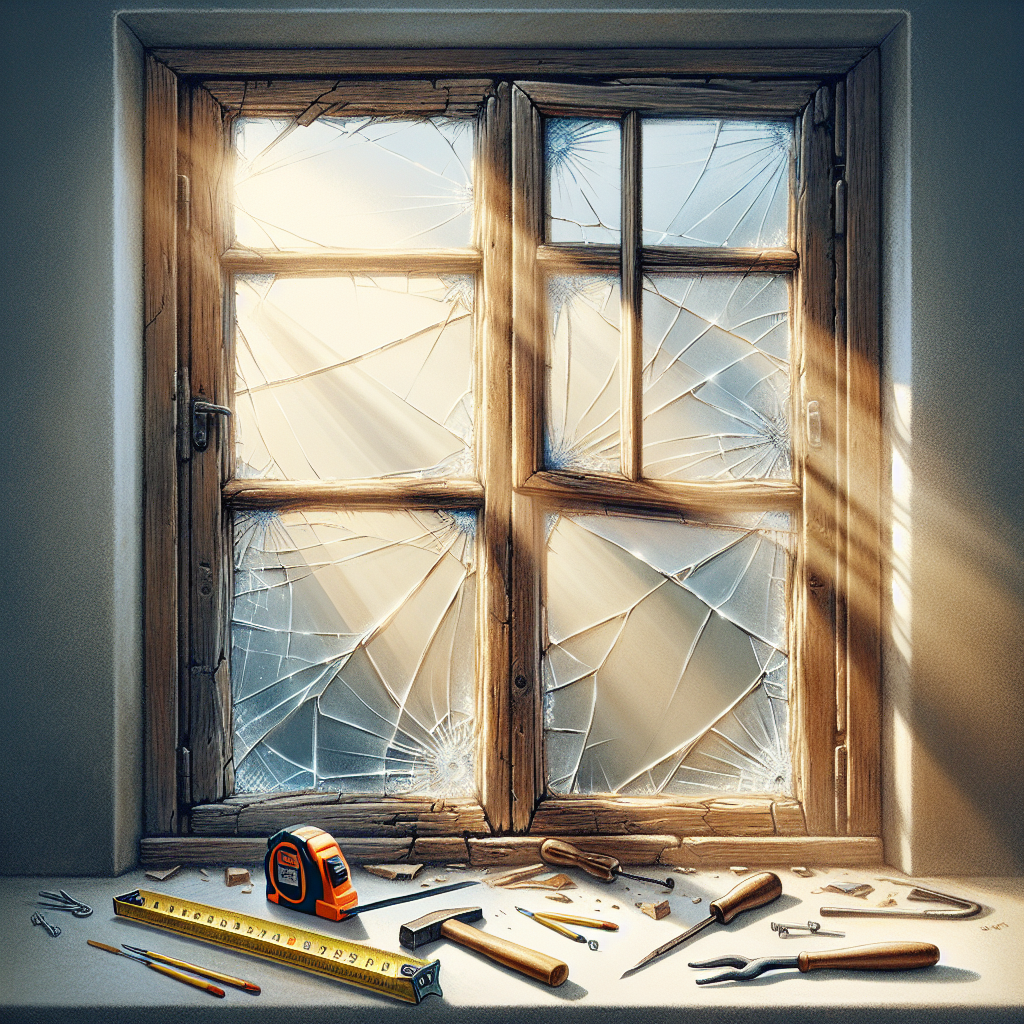Windows are often overlooked when it comes to home maintenance, yet they play a crucial role in energy efficiency, safety, and the overall aesthetic appeal of your home. Over time, even the most durable windows can show signs of wear and tear. Knowing when it’s time to replace your windows can save you money on energy bills, prevent further damage, and enhance the beauty of your living space. In this article, we’ll explore the signs indicating it might be time for a window replacement and provide practical tips for homeowners.
Understanding the Lifespan of Windows
Before diving into the signs of window deterioration, it’s essential to understand that windows have a typical lifespan ranging from 15 to 30 years, depending on the materials used. Wooden windows may require more frequent repairs, while vinyl and fiberglass tend to last longer. Regular maintenance can extend the life of your windows, but eventually, they may need replacement.
Identifying Physical Symptoms of Window Damage
1. Cracks in the Frame
One of the most apparent signs that your windows may need replacing is visible cracking in the frame. Cracks can arise from various factors, including temperature fluctuations, natural wear and tear, or improper installation. If you notice cracks, it’s time to evaluate whether they’re superficial or indicative of deeper structural issues.
2. Warping and Creep
Wooden and vinyl windows are particularly susceptible to warping over time, especially in areas with high humidity. Warping can lead to gaps, making it easier for air and moisture to infiltrate your home. If closing your windows requires more effort than usual, it might be time to consider replacements.
3. Difficulty Opening and Closing
Windows should open and close smoothly with minimal force. If your windows stick or don’t close fully, it’s a sign they may have warped or that the installation is compromised. Not only does this make your windows less functional, but it can also create security and energy efficiency issues.
Energy Efficiency: A Key Indicator
4. Drafts and Temperature Changes
Feeling a draft near your windows, even when they are closed, is a significant indicator that they are no longer providing an adequate seal. This can lead to uncomfortable temperature fluctuations indoors, prompting you to crank up the heat or blast the air conditioning—raising your energy bills in the process.
5. Condensation and Moisture Buildup
If you notice condensation between double-pane glass, it indicates a broken seal, allowing moisture to enter. This moisture can lead to mold growth and can greatly impact your home’s air quality. If you’re dealing with persistent condensation, you should consider replacing your windows.
Aesthetic Considerations
6. Fading and Discoloration
Over time, exposure to UV rays can fade the colors of window frames and treatments. If your windows look mottled or discolored, it may be time to replace them. New windows can not only improve the aesthetics of your home but also boost its curb appeal.
7. Outdated Style
Windows can also become outdated as architectural trends evolve. If your home looks aged or out of place due to old window styles, a replacement could give your home a modern facelift. Not only do updated windows look better, but they can also improve energy efficiency.
Cost vs. Benefit: Is It Worth It?
8. Weighing the Long-term Investment
Replacing windows is a significant investment, yet it can save you money in the long run through increased energy efficiency. Modern windows often come with energy-saving features, such as low-E coatings and argon gas fills, that help reduce your heating and cooling costs. If your windows are causing your energy bills to skyrocket, investing in replacements might be well worth it.
Conclusion: A Decision Worth Making
Knowing when to replace your windows is crucial for maintaining comfort, efficiency, and the overall value of your home. If you’ve noticed cracks, creaks, drafts, or any of the signs mentioned in this article, it may be time to start exploring your options for replacement. Consult with a professional to assess your current windows and discuss the best materials and styles for your home. Investing in new windows today can lead to peace of mind and long-term savings down the line.
So, take a closer look at your windows. A little attention today can lead to a much brighter future—both in terms of comfort and appearance!


